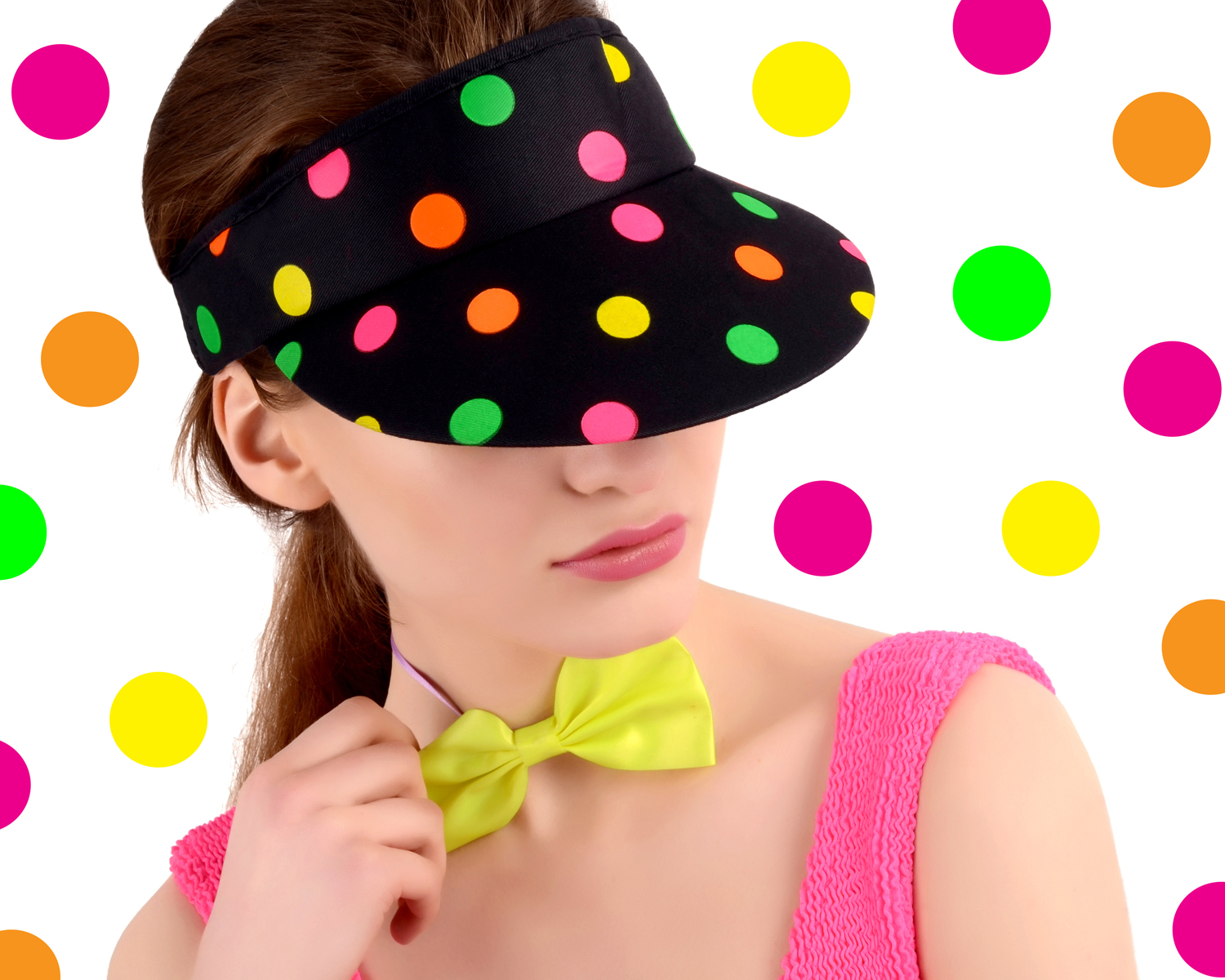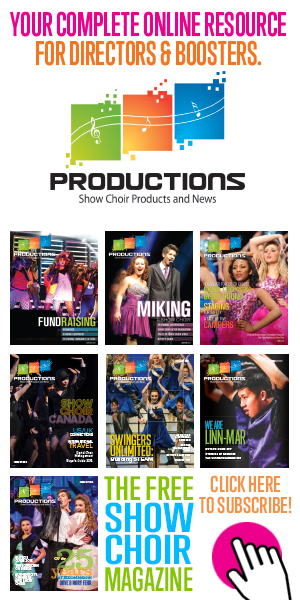
I was shy as a child and therefore never had a problem with this! I have posted many hundreds of blogs where I have critiqued costumes: costumes from the TV show “Dancing with the Stars,” costumes from many a Red Carpet, and costumes from various dance team competitions.
I have always tried to stay positive, but sometimes it would be very educational for everyone if I called attention to an ugly detail on a costume or if an entire costume had no redeeming qualities. I am always striving for more beautiful costumes in the world. The world would be a better place if no one had to wear ugly costumes.
What makes a beautiful costume?
As I have previously mentioned, sometimes it is simply seeing a costume that correctly fits the wearer. A not-so-attractive costume will look “not so bad” if it fits well, and vice versa; a beautiful costume can look not-so-great, if it fits poorly.
So, yes, I’m always checking the fit of costumes when I see them. That is part of my process of critiquing a costume design. Then I move on to other details.
After fit, some very important attributions of a beautiful costume include:
- Suitability (age and style) of the costume to the wearer and the performance.
- Pleasing color palette (which can be different for different sensibilities). My favorite color combinations will not match everyone else.
- Intense-matching color combinations (pastel with pastel and jewel tones with jewel tones for example).
- Interesting combination of textures used in the fabrics and trim design.
- “Just the right amount” of embellishment. (Again, this is very subjective.)
- Fabulous visual flow of the details of a costume-accenting all the ‘right’ parts of the wearer.
- A costume that looks great from every angle-not just the front
- All the “correct” styling that suits the performance and the dancer properly.
- Well-constructed, not limp-looking details.
- For groups, a costume that is flattering for ALL bodies, no matter their size or proportion.
These are all positive attributes. For this article, we can focus on some general design concepts to get a baseline for avoiding ugly costuming.
Obviously, there are many design companies that create beautiful costumes (besides Satin Stitches) for these groups. For the most part, they fit well, are designed to be flattering and pleasing to the eye.
But sometimes we ALL FAIL, and the results are less than satisfactory. And the result is UGLY costumes! Well, as I mentioned, I usually don’t like to dwell on the negative, but here goes….
What makes an UGLY costume?
Details that fall into the “ugly” realm for one reason or another usually have one or more of the following:
- Anything that looks like it was designed by an amateur.
- Pastels teamed with bright colors so that the pastel sections wash out.
- Badly placed and overabundant rhinestoning.
- Badly proportioned details and color blocking.
- Everything but the kitchen sink in a design.
- Overdone sublimation.
- Things that gap and move, and not in a nice way.
- Undue attention to the crotch area of a costume.
- Ill-fitting costumes.
- Costumes that have “nude” areas that embarrass the viewer.
There are also a number of consistent issues that all have reasonably easy fixes. I’ve focused on three of the most common ones below.
PROBLEM: Unwanted Attention To Upper Arm
You might have a lovely costume with a minor flaw: the cut-out portion on the upper arms draws unwanted and unflattering attention to performers’ upper arms.
THE FIX: Instead of scooping out a rounded opening, the cut-out should be made vertically, as vertical design lines are always more flattering than non-vertical. I’ll be the first to admit that I am not proud of my upper arms, so I always make an attempt to minimize calling attention to them. Likewise, generally speaking, costumes would be far more flattering with less emphasis on the upper arms.
PROBLEM: Great Design, Poor Fabric Choice
Generally speaking, prints are risky. For instance, a red and black on white print is workable, but if a sheer fabric is used on the neckline and bodice, it will appear to be pinker than the red in the print. Sheer red over white will always “read” as pink.
THE FIX: In my opinion, a dress is more likely to appear elegant if it is a solid color, or with a monochromatic color combination, such as red with pink, or light blue with medium blue.
PROBLEM: Unflattering Constructions For Certain Body Types
Although a costume may be nicely designed and constructed, some designs do not flatter particular performers to their best advantage. Horizontal details are not often complementary or the best choice, so a wide belt across the stomach area should typically be avoided.
THE FIX: A solitary accent point at the hip can make a beautiful focal point to draw the eye down in a flattering pattern from the neckline detail, to the side hip and then down to the hemline. A rhinestoned open collar with peak-a-boo bra is a current trend and can work for certain body types by creating a diagonal line, rather than a horizontal line.
The Overall Fix
Obviously, consulting experts is the best way to safeguard yourself against bad choices. Many professionals offer free consultations for clients or a service that can be contracted, for a fee, with no obligation to purchase from that supplier.
Are you not sure what fabrics look best on stage? Are you uncertain of which fabrics are more durable for performances? Or, maybe you aren’t sure what looks will fit your choreography. A professional can help you sort through these- and other questions-to be sure your performers won’t make anyone’s “ugly costume” list!











